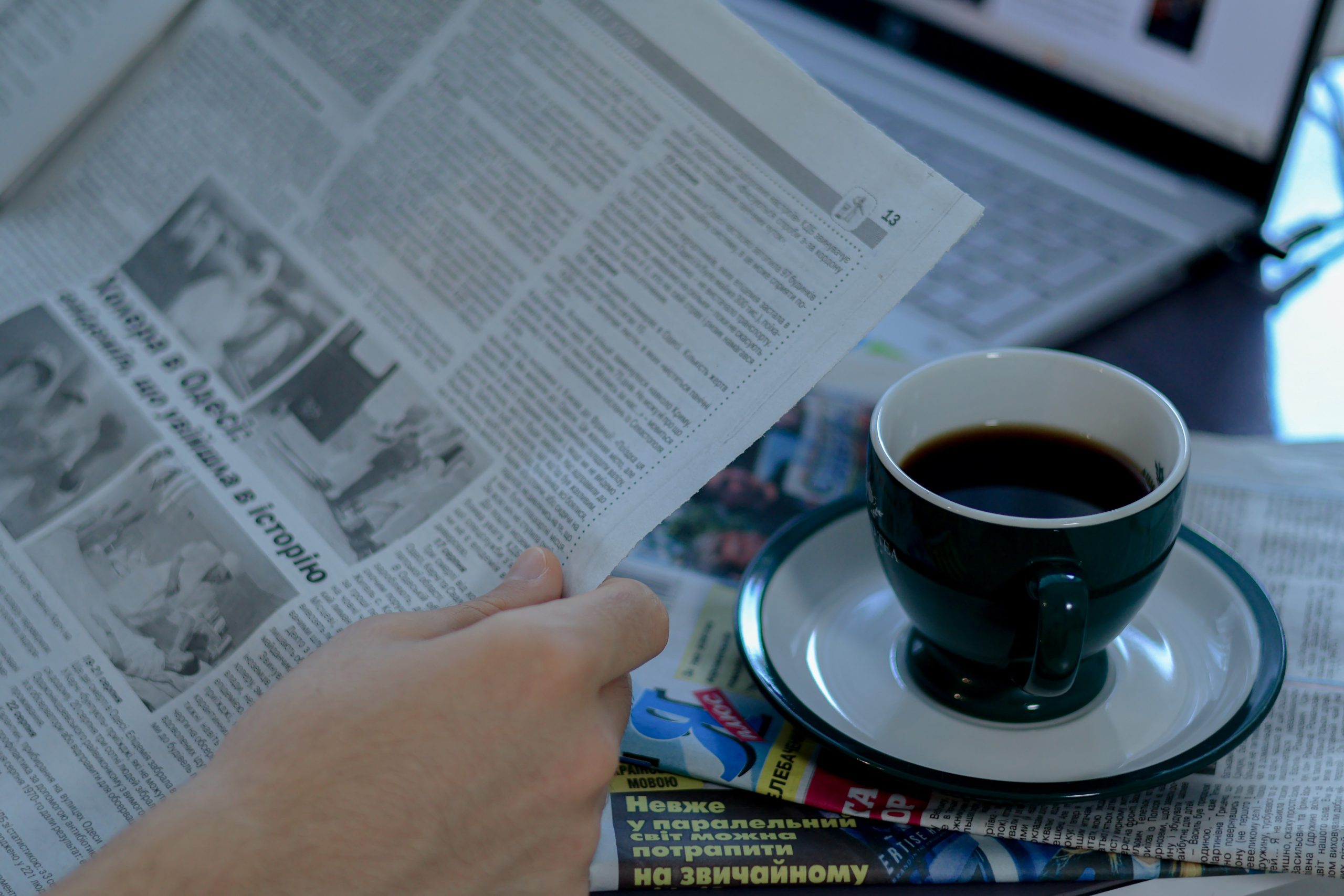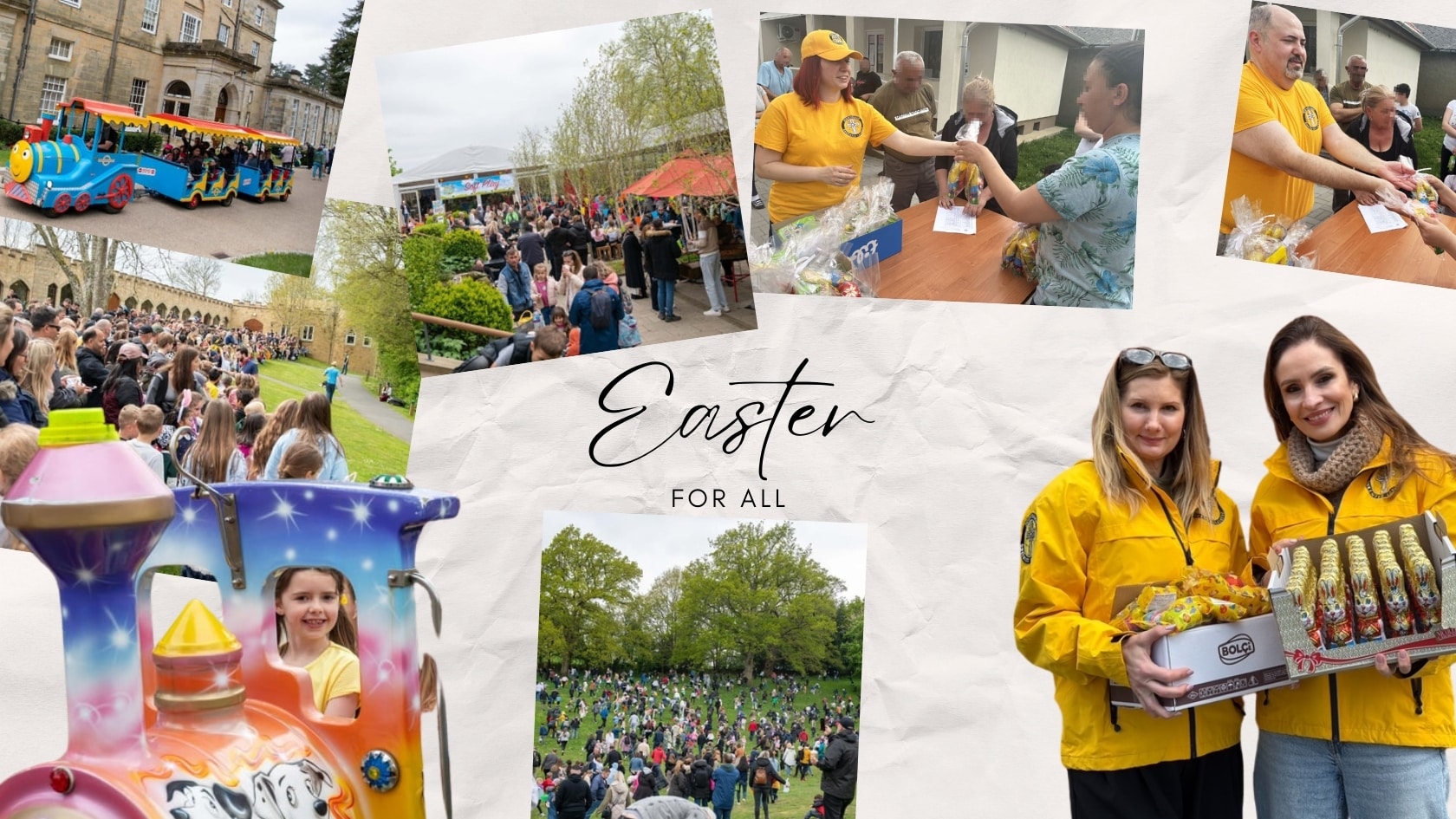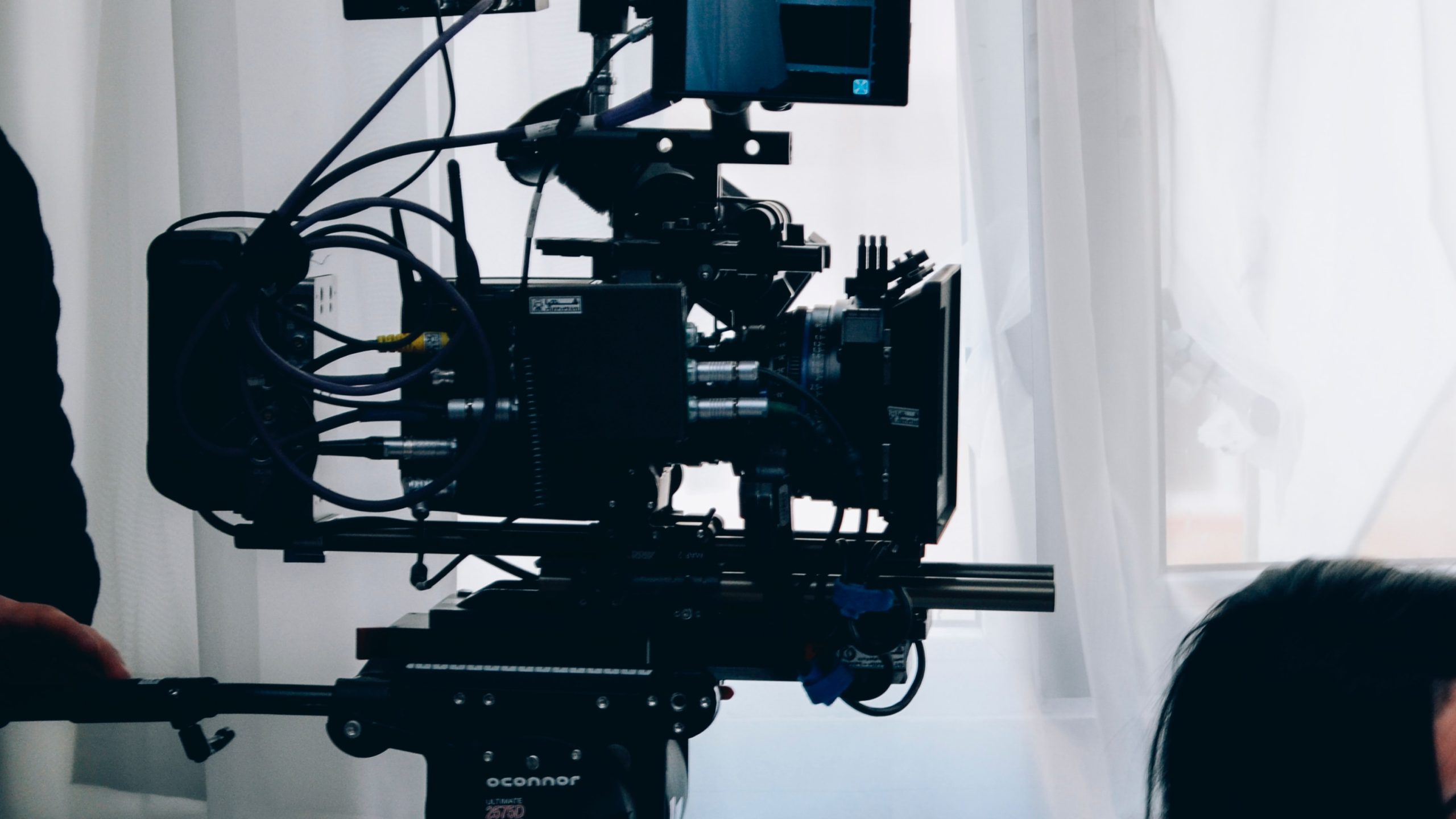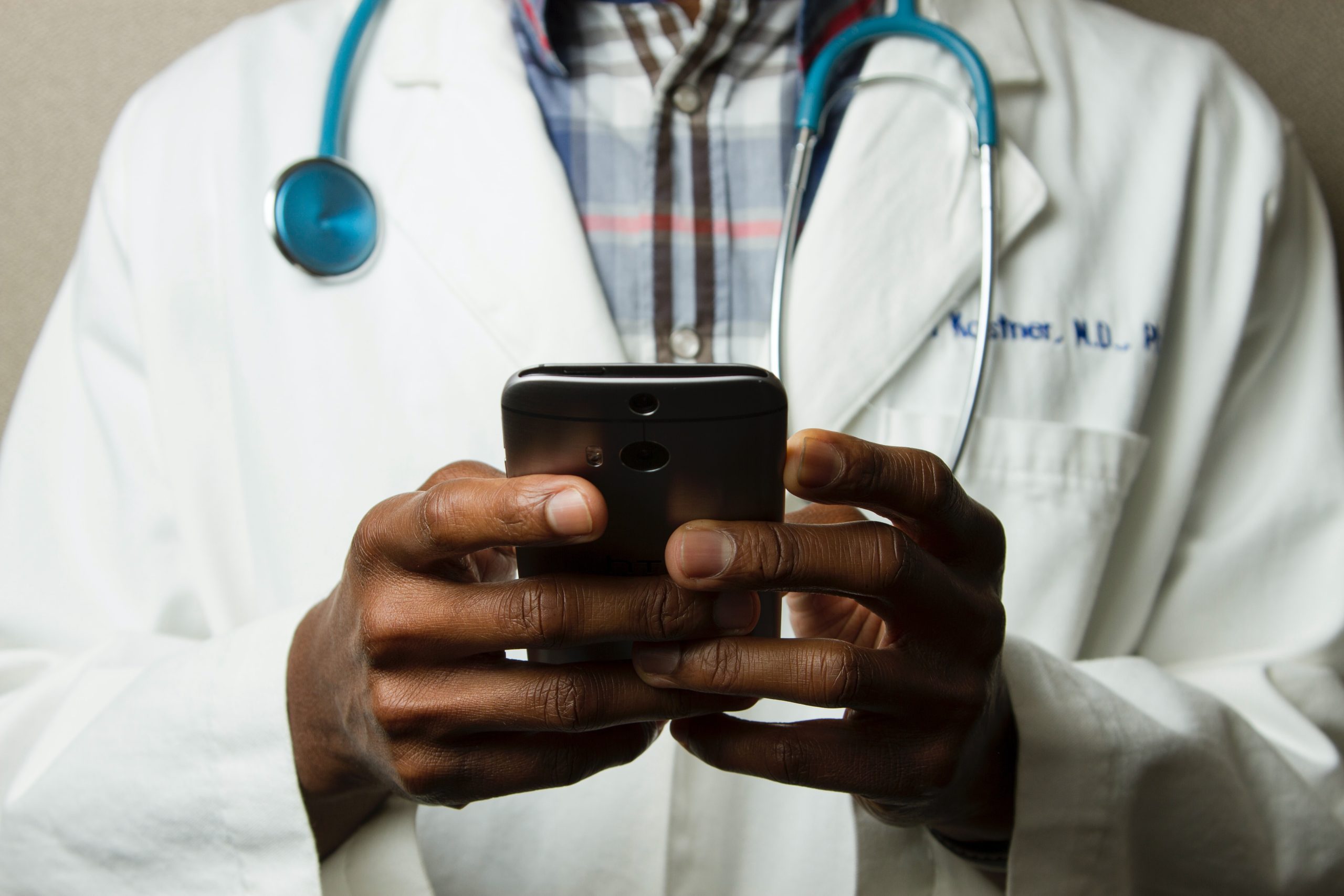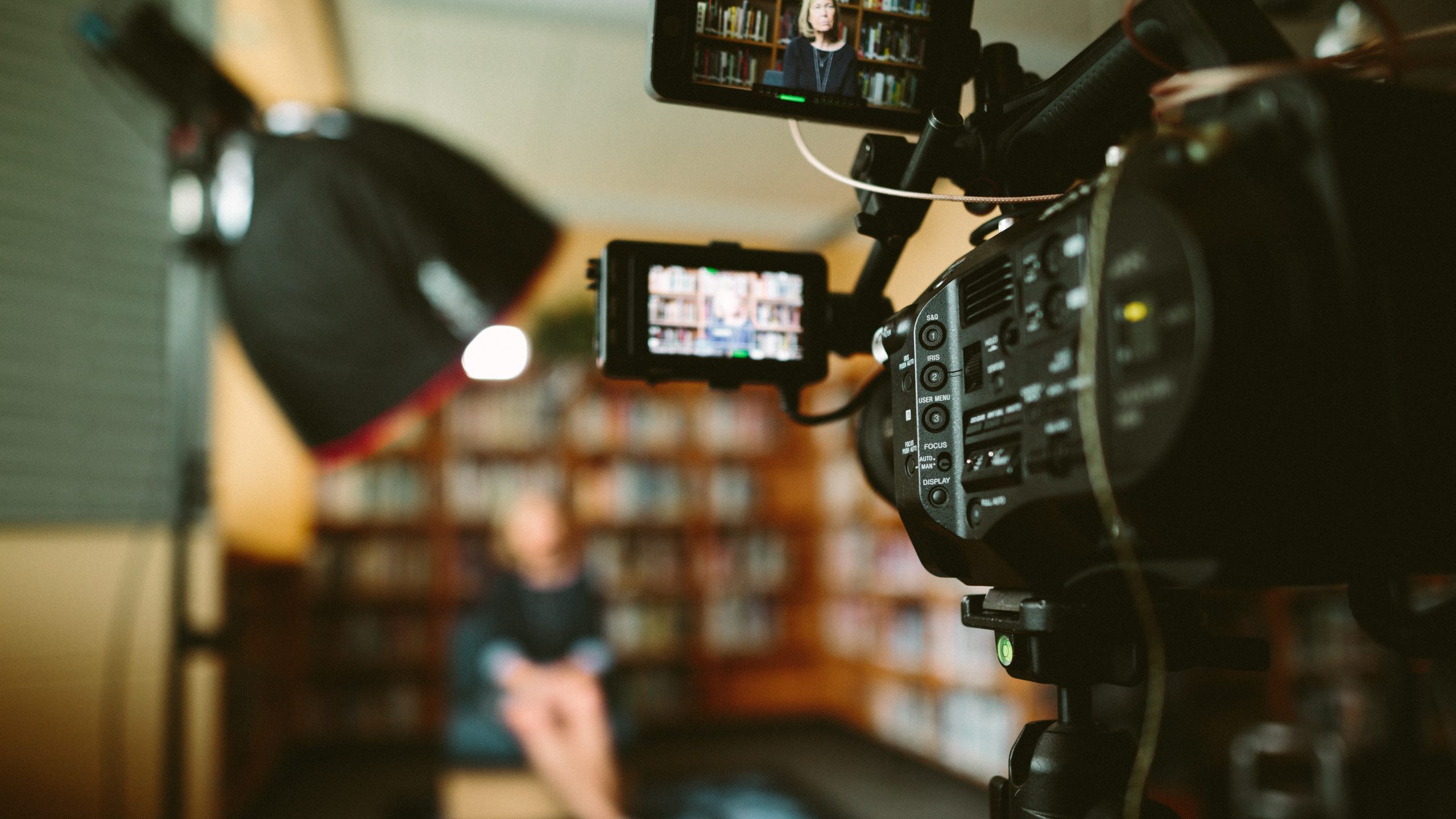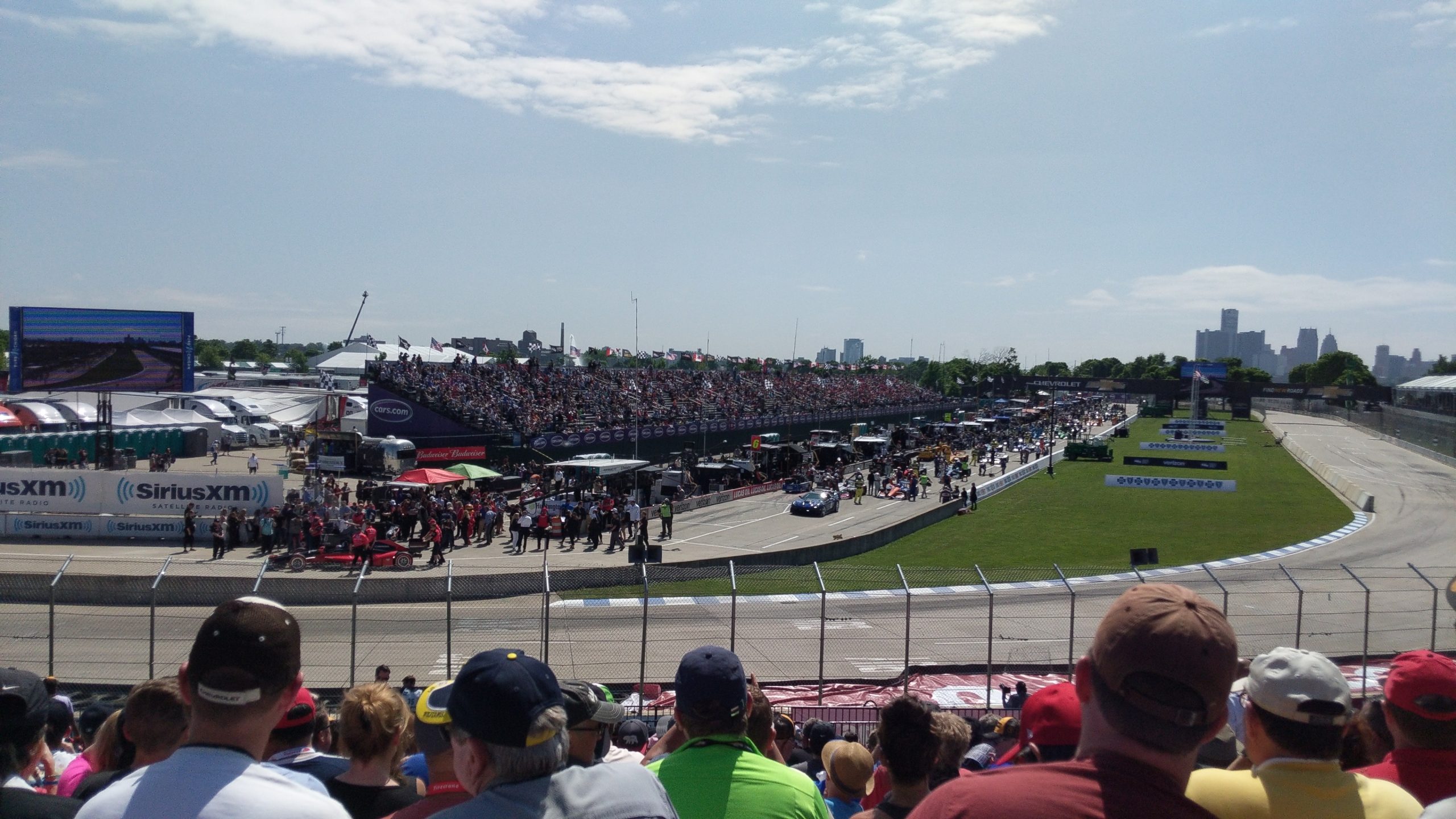We all know someone touched by cancer. And although science is a question of facts and evidence, it can also be our personal stories and our emotions.
Erika Pineda Ramírez lost her father because of cancer. Alba García-Fernández lost his grandmother and aunt, also against cancer. They are now doing research in order to find more effective treatments for cancer patients.
In 2024, Alba and Erika began working on Nanoglue, a new approach to helping the immune system to fight cancer more effectively. Their project is funded by Marie Skłodowska-Curie Actions (MSCA) through the postdoctoral program of Aristos in Biomedicine and Health Sciences and it is developed in Ciber-Bbn, Centro de Investigación Principle Felipe and Universitat Policnica de València.
To mark World Cancer Day, they joined our European colleague from the research research agency and survivor of breast cancer, Sofia Pereira Sápour a conversation on the ability of cancer cells to hide from the immune system, side effects heavy of treatments and the hope that nanoglue can bring to millions of patients.
More effective treatments with heavy side effects
Sofia Pereira Sá: Let’s first talk about your project funded by the MSCA. What is nanoglue and what can its results and results mean for patients like me?
Alba García-Fernández: Our ultimate goal is to provide more effective treatments with fewer side effects to improve the quality of life of patients. We do it by designing new nanoparticles, then activating the patient’s immune system to attack the tumor.
This type of immunotherapy would be more effective and would help avoid and limit unwanted side effects, which we see with current treatments.
Erika Pineda Ramirez: We also want to study the interaction between cancer cells and immune cells at the metabolic level. We would then be able to offer new and more effective therapies.
Recent reports in the Spanish media have referred to the innovative treatment of nanoglue as a “supergrel” for triple negative breast cancer, a notoriously aggressive form of the disease.
Sofia: Can the project approach have wider applications, benefiting patients with other types of cancer?
Erika: First of all, I want to explain why we called it a “supergrel”; This is because our nanoparticles will improve the ability of the immune system to detect and respond to cancer, helping the body attack cancer and kill it.
Alba: Nanoparticles are a versatile platform, and we can select and modify them according to our needs. We have chosen to test it with triple negative breast cancer because it represents a major health challenge. It is a good starting point to validate our nanoparticles.
Sofia: How do you combine different scientific fields and how can it be crucial to get better scientific results?
Erika: We work with experts in nanotechnology, biotechnology, biology, metabolomics and oncology. Having all these people with different expertise helps us to see the problems from different angles and find better solutions.
The future of cancer research – a patient’s point of view
Erika: What was the biggest challenge for you as a patient?
Sofia: The side effects played a big role in terms of my physical and mental well-being. Especially because all these side effects prevented me from being the mother I wanted to be for my son of one and a half. I couldn’t play with him, I couldn’t swim him, I couldn’t take him to school. It was the most difficult part of all treatment. It was heartbreaking.
My diagnosis was made in the summer of 2023 and after 20 laps of chemotherapy, I always feel side effects, like the so-called “chemo brain”. I would love to see therapies progress in a way that gives patients a better quality of life.
Erika: In addition to reducing side effects, what do you think that researchers should be aware of doing cancer research?
Sofia: Having only 34 years old and seeing the chemotherapy medication entering my blood circulation and knowing that I had sort of “poisoned” to be treated was a very traumatic experience. Fortunately, you and other researchers on cancer you already attacked this by trying to find more targeted therapies.
A second thing I think is important is fertility. More and more young women are receiving a diagnosis of hormonal breast cancer when they plan to have children. I hope that researchers can find a way to preserve the possibilities of patients with breast cancer to still become mothers.
The future of cancer research – the prospect of a scientist
Sofia: What will cancer researchers be concentrated in the coming years?
Alba: My immediate thought is personalized drugs for treatment and diagnosis.
Erika: I totally agree with Alba – personalized medicine is the future but also to have more multidisciplinary because we need expertise from different fields.
Sofia: What is your EU financing experience and how do you think it will be relevant to your work on nanoglue?
Alba: I had previous experience with the funding of the EU, because I was part of a project funded by the EIC Pathfinder program for cancer therapy. It is thanks to the financing of the EU that American researchers can work on innovative ideas like this and explore different ways. I believe that Nanoglue is a higher level initiative for our future.
Erika: EU financing helps us to take ideas and transform them into actions. I wanted to do cancer research for years, but in Mexico, my country of origin, I did not have much support to do so. The MSCA funding gave me this excellent opportunity to work in this area with high -level researchers, and to use equipment, I had not had the opportunity to use before. For me, it was a dream come true.
Find out more
Find out what the European Commission does to improve the life of more than 3 million people by 2030 through the prevention and healing of cancer – EU mission: Cancer. For more news and MSCA financing opportunities, visit our dedicated page.
Curious to know more about the research of Alba and Erika? You can check Site web d’Aristos And follow them on social networks:
Alba García-Fernández: Lindine
Erika Pineda Ramírez: Lindine, X
Programme Aristos: Lindine, X
Originally published in The European Times.
source link eu news





